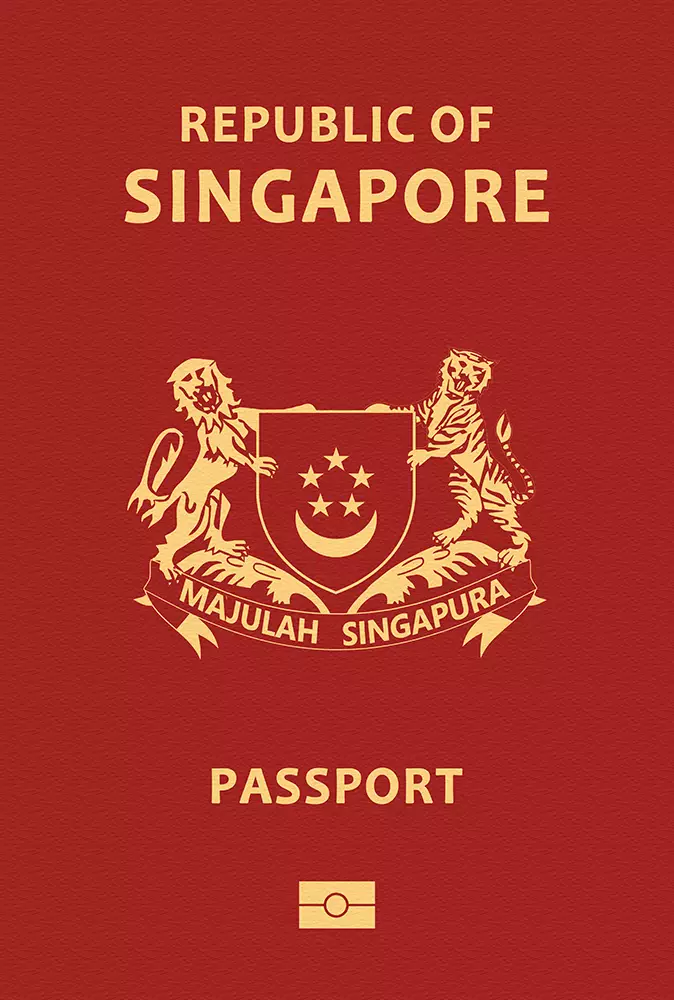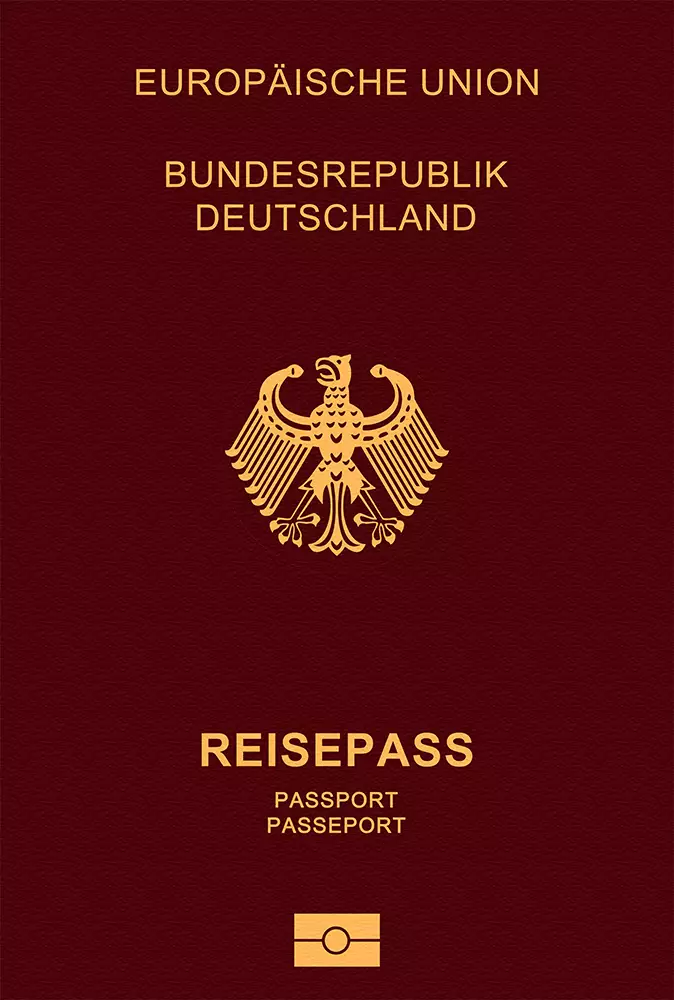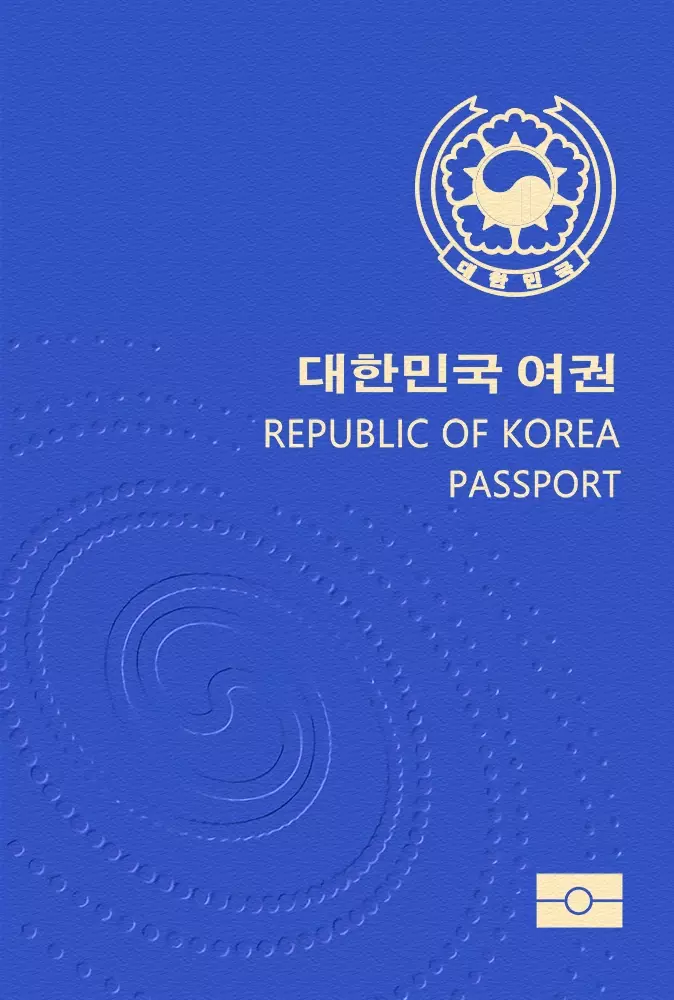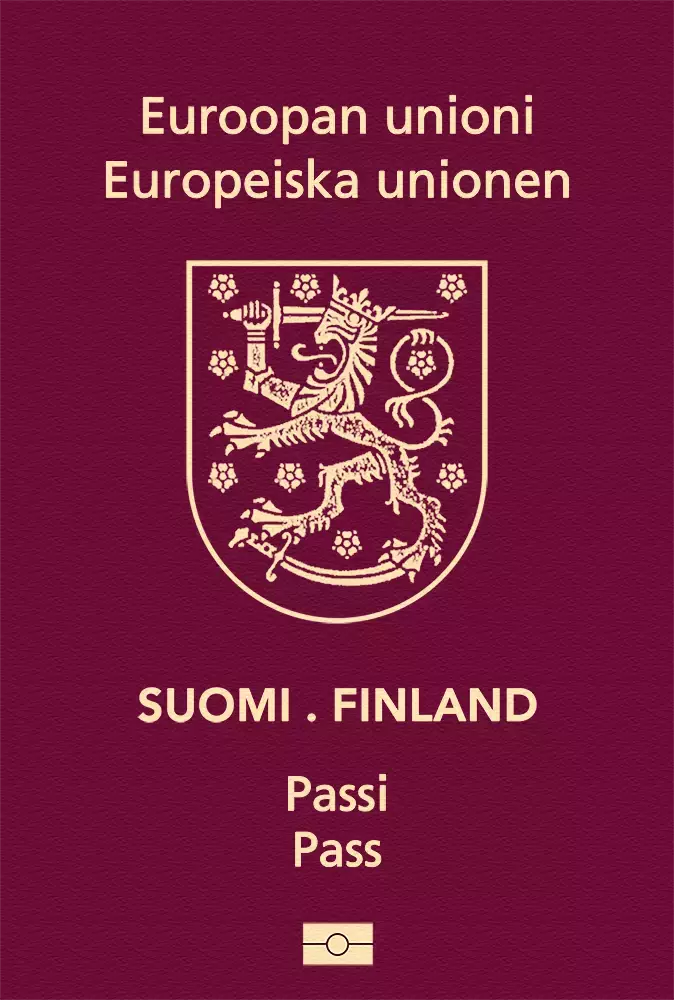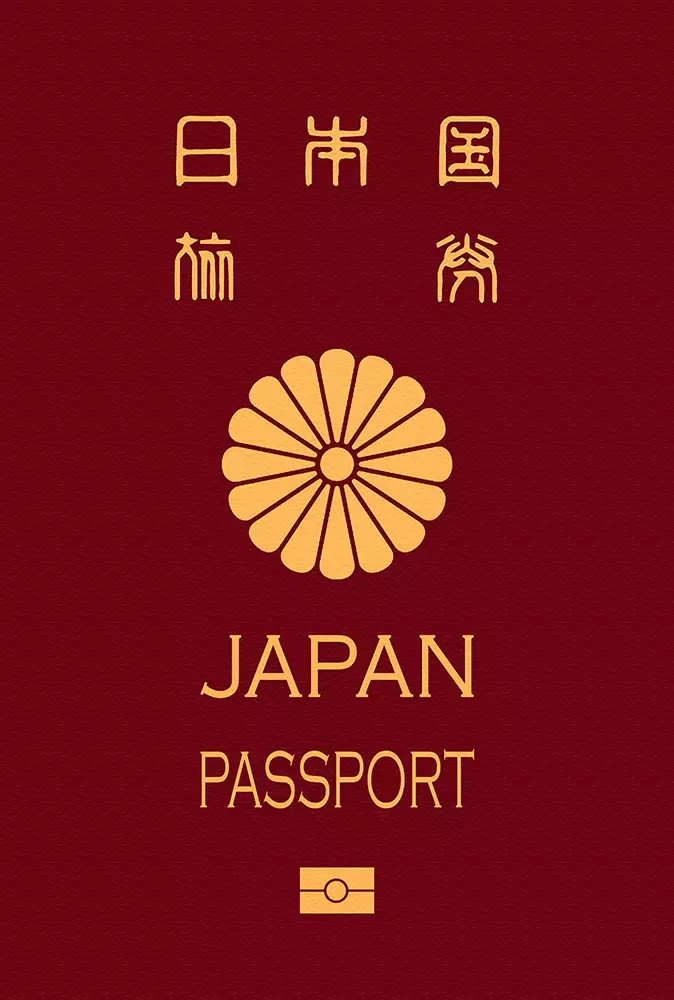Montenegro is a Balkan country consisting of 24 municipalities. It is located in South Eastern Europe with neighboring countries Serbia, Bosnia and Herzegovina, Albania and Kosovo. The most important municipalities are Podgorica, Niksic and Bijelo Polje. The nation has a surface area of 13,812 square kilometers and is therefore one of the smaller countries in the continent. The climate is mainly Mediterranean with cold winters and hot, dry summers. Its terrain is characterized by narrow coastal plains and rugged mountains with plateaus. The overall population is around 620,739 people. The capital of the country is Podgorica, which is also the most populous city, followed by Niksic and Herceg Novi. With 1.2 million passengers annually, Podgorica Airport (TGD) is the biggest airport. As a result, it is now the Balkans' 23rd busiest airport. Excellent airplane connections are available from Podgorica airport to the whole European Union and beyond. A variety of languages and historical cultural influences shape Montenegrin culture. The Orthodox religion is the primary belief. Montenegrin is the language of officialdom. Civil law is the legal system. There is a parliamentary republican system of governance. Milo Djukanovic, the elected president, is in charge of the administration, while Dritan Abazović is the prime minister.Every five years, there are elections where the president is chosen directly by the people. The Euro (EUR), which is the official currency of the nation, is currently worth 0.93 USD. With an open economy, the nation produces a GDP of about $13 billion. The per capita income of its people is $20,977. Both continuous GDP growth and a steady stream of foreign investment were attracted to Montenegro. The two main industries that comprise the majority of the GDP are industry and services. Steel, aluminum, tobacco, potatoes, citrus fruits, and olives are among its principal export commodities. With tourism contributing more than 20% of GDP, it is also a significant source of income.There are many different urban and outdoor tourist attractions in Montenegro. It is renowned for its many cultural aspects and beautiful historic sites. The nation is proud to have four UNESCO World Heritage Sites. Ulcinij, Biogradska Gora National Park, Sveti Stefan Kotor, Budva, and Durmitor National Park are a few of the popular locations. An estimated 622,359 tourists travel to the country each year. It is a very popular site, especially for travelers from the surrounding nations in Europe, where the majority of tourists come from.







































































































































































































































